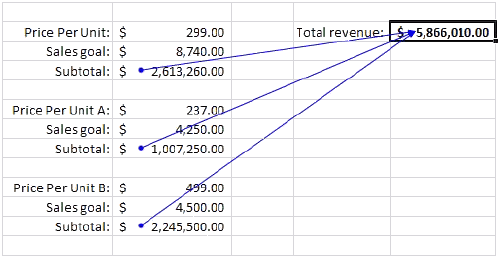Authors
Brandon Weber
Abstract
Most organizations today use spreadsheets in some form or another to support critical business processes. However the financial resources, and developmental rigor dedicated to them are often minor in comparison to other enterprise technology.
The increasing focus on achieving regulatory and other forms of compliance over key technology assets has made it clear that organizations must regard spreadsheets as an enterprise resource and account for them when developing an overall compliance strategy.
This paper provides the reader with a set of practical strategies for addressing spreadsheet compliance from an organizational perspective. It then presents capabilities offered in the 2007 Microsoft Office System which can be used to help customers address compliance challenges.
Sample

Regulatory compliance legistlation requires auditable and transparent practices for spreadsheets used in financial reporting.
Excel 2007 provides auditing tools that, along with a consistent use of cell styles and naming conventions, can accelerate the testing of spreadsheet models, and reduce the risk of error once a spreadsheet is in production.
Auditing tools in Excel 2007 provide the ability to:
- Graphically display (or "trace") the relationships between cells and formulas.
- Trace a cell's precedents (the cells that provide the cell's data).
- Trace a cell's dependents (the cells that depend on the cell's value).
- Check for errors in a formula.
Publication
2006, EuSpRIG
Full article
Strategies for addressing spreadsheet compliance challenges
